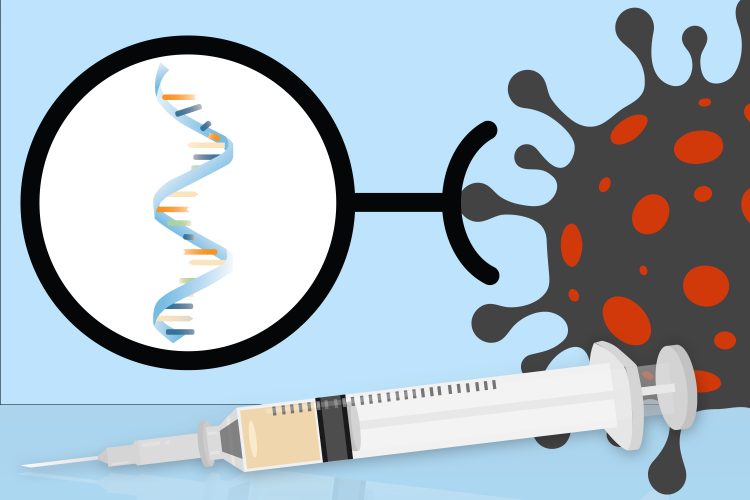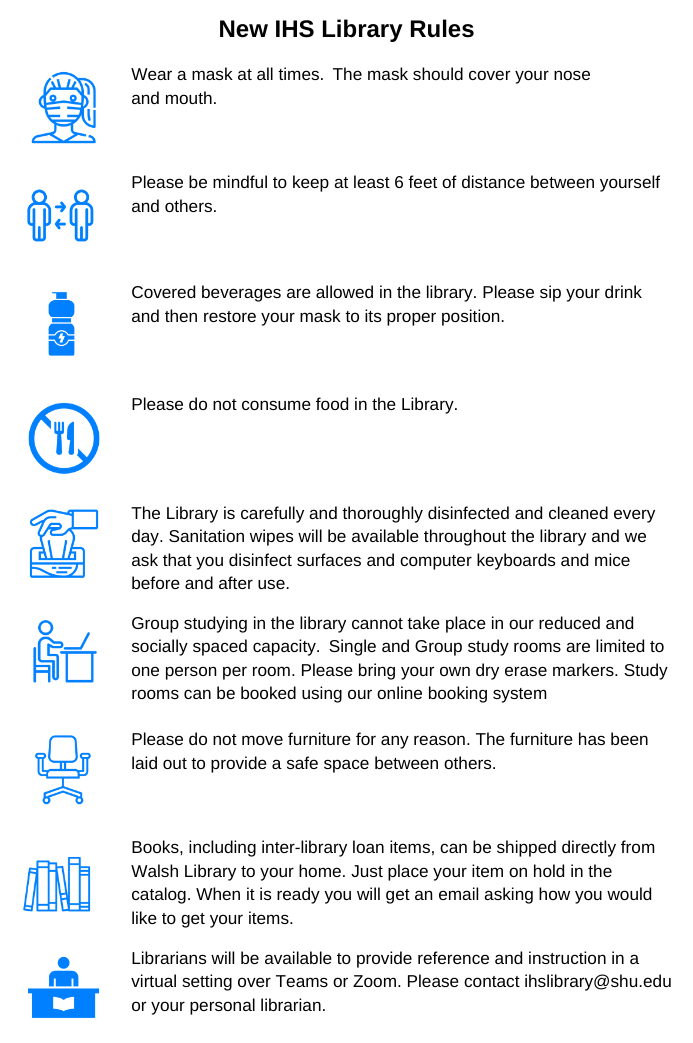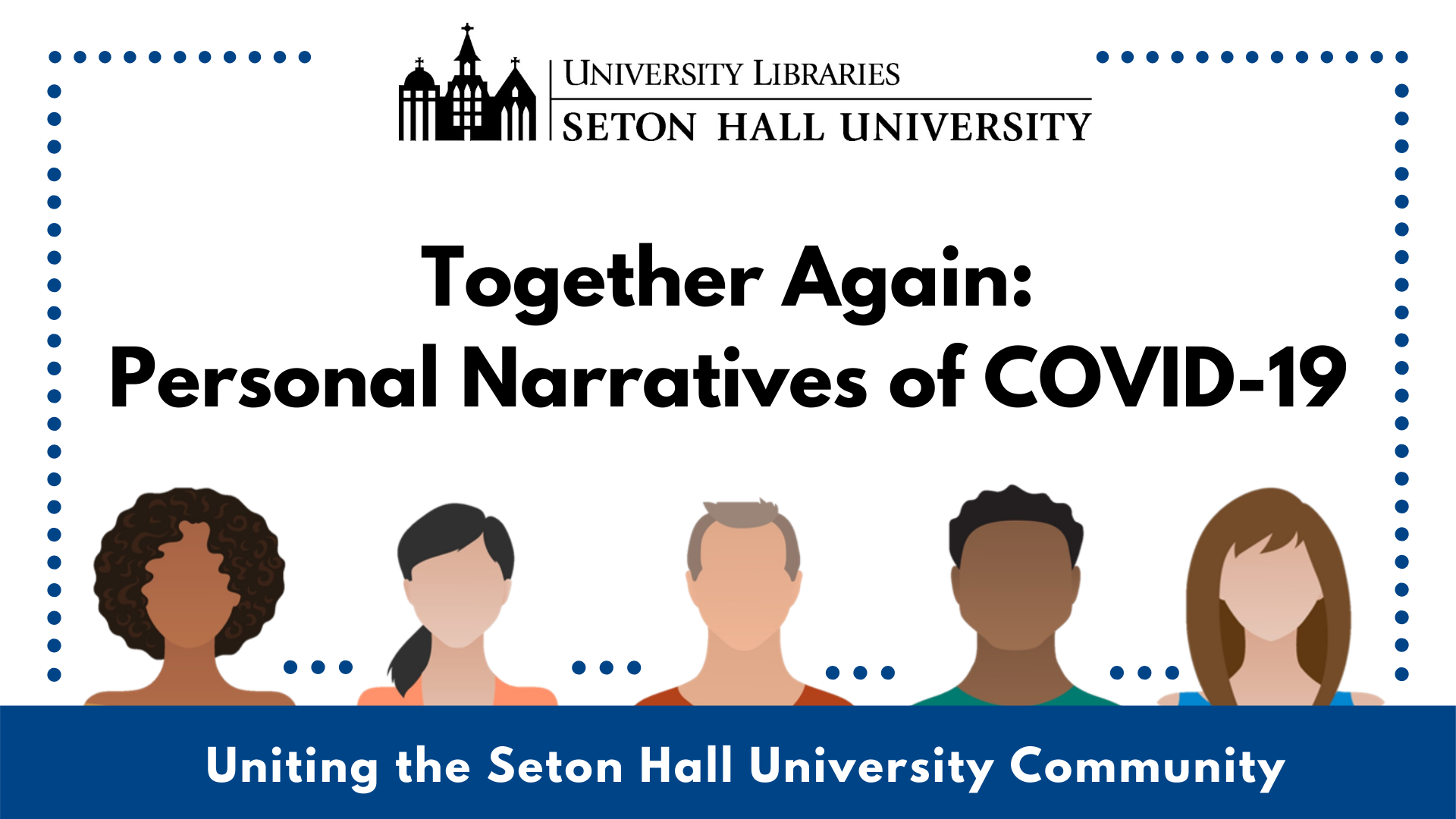Last month’s announcement[1] from the National Institute of Allergy and Infectious Disease that it was funding 9 research consortia – called “Antiviral Drug Discovery Centers for Pathogens of Pandemic Concern”, was welcome news. The idea that a concerted effort will be made to create COVID-19 antivirals, as well as ones targeting a range of (viral) families in anticipation of the next outbreak, is inspired. Bringing together academic researchers with pharmaceutical/industrial partners focused on multidisciplinary approaches is a real strength of the envisioned program. Congratulations to Dr. David Perlin (from the Hackensack Meridian Health Research Institute’s Center for Discovery and Innovation) and his collaborators for being selected as part of the program’s drug development initiative.[2]
Complementing the power of antivirals and their ability to alter the course of disease and/or reduce and prevent viral spread, are vaccines – designed to prevent infection altogether. The following discussion focuses on steps to accelerate development of just such antiviral vaccines.
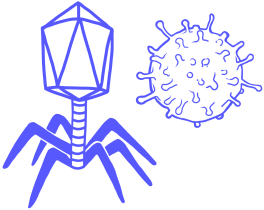
Let us be clear – viruses have long been, and will continue to be, a plague on human health and well-being. Whether they be extant (e.g., SARS-CoV2, Ebola, West Nile), newly mutated variants, or recently developed from zoonotic (i.e., animal to human) transmission – infectious viruses will continue to do what they have done for thousands of years – copy and spread their genomes and compromise human health. How do we get out in front of this incoming and indeed ever-present onslaught? The answer is to prepare now.
Dr. Florian Krammer at the Icahn School of Medicine at Mount Sinai suggests that some 50-100 viruses should be identified and targeted for vaccine development.[3] Choice of which viruses to pursue would be based on infective potential, transmissibility, and accompanying symptoms/pathology. Such a curated list of potentially dangerous pathogens could be informed by recently developed approaches involving machine learning/artificial intelligence. Georgetown University researcher Dr. Colin Carlson and team have been working on just such approaches and have launched VIRION, a database (still in alpha testing) that is designed to help with the curation process. Powerful algorithms coupled with predictive modeling and detailed analytics allow, for the first time, an ability to predictably identify viruses with enhanced potential to infect humans.
Vaccine development in response to the COVID-19 pandemic proceeded at a pace unseen in modern medicine. Vaccine platforms are now in place such that even tighter timelines between virus identification and vaccine production may be realized. But every day – especially early in an outbreak – is critical and could mean the difference between life and death; so how can the program be maximally accelerated? Perhaps, as Dr. Krammer suggests, once viruses (and viral families) are identified, the process of vaccine development could commence. Not waiting for an actual viral outbreak across human populations is crucial.
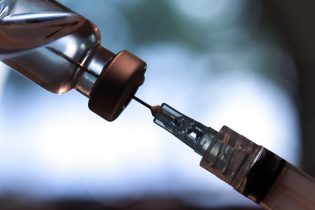
mRNA-based vaccine development, which worked so well in the context of SARS-CoV2, could once again be brought to bear. Moderna’s mRNA Access program[4] would be particularly helpful here – assisting in the identification of appropriate antigen(s), the design of relevant mRNA coding sequences, and other stability, expression, and production parameters associated with its (mRNA) vaccine platform. Once candidate vaccines were developed and tested pre-clinically, they could be evaluated in FDA-approved phase 1 and 2 (drug) testing protocols. Having the results of such clinical trials would position the vaccines for rapid deployment in phase 3 testing when circumstances warranted. Once it is clear a (related) virus has been identified and an outbreak is imminent, scaled up production, distribution, and inoculation efforts would be rapidly initiated. What might have taken years in the past and took roughly a year for the COVID-19 vaccine, could now be accelerated to, Dr. Krammer predicts, 3-4 months (after identification of the relevant viral strain). The value of such preparedness in terms of reducing and/or eliminating the disease burden is incalculable. There are many hurdles (e.g., regulatory, monetary, coordination) that would need to be overcome to effect such a strategy – but the impact could truly be life-saving on a world-wide scale.
SRT – June 2022
[1] https://www.nih.gov/news-events/news-releases/nih-announces-antiviral-drug-development-awards
[2] https://njbiz.com/65m-grant-funds-joint-academic-pharma-drug-accelerator/
[3] Krammer, F. (2020). Pandemic vaccines: how are we going to be better prepared next time? Med, 1(1), 28-32.
[4] https://mrna-access.modernatx.com

